Extreme cooking: when you can eat monkeys, mice and leather shoes
By Pictolic https://pictolic.com/article/extreme-cooking-when-you-can-eat-monkeys-mice-and-leather-shoes.htmlWhat to do in the middle of the ocean on a ship that has run out of food and water? Probably get invaluable experience — hunting rats and experimenting with hot soles. But how not to reach cannibalism when the line between edible and inedible has almost disappeared? An interesting story from the life of a Huguenot priest - from satchel17.
(5 photos in total)
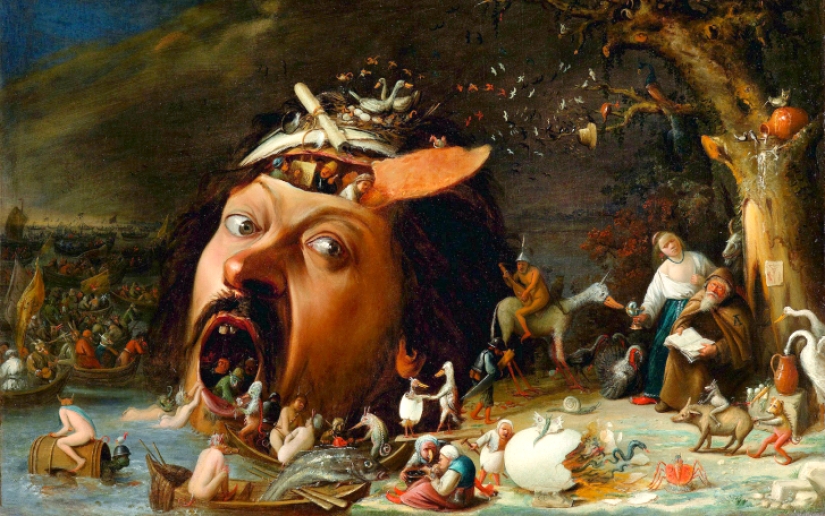 Source: Zhzhurnal
Source: Zhzhurnal
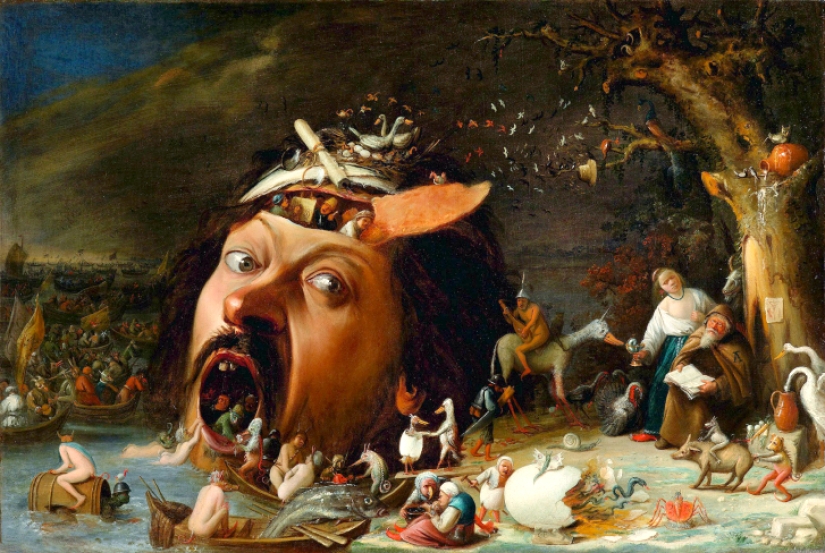
The Brazilian natives made a strong impression on the Europeans from the very beginning. Someone was horrified by their savagery and bloodlust, and someone was delighted with the "noble savage in harmony with nature." Against this background, Jean de Lery's "Journey to Brazil" (1578) looks calm and balanced. The book was published 20 years after his return to France in 1558, and over the years the Huguenot priest Leri has seen everything. In the midst of religious wars, it was not very possible to be outraged by Indian atrocities — there were enough of their own around. His Tupinamba have many advantages, their primitive way of life did not bother Leri. Cannibalism is unequivocally condemned, although also without much emotion.
This approach is explained by the personality of the author. In the New World, he had to get used to a lot, including food. On the way to Brazil, it was rotten sea biscuits and water mixed with worms. On land, he ate mostly liquid cassava porridge for almost a year, and occasionally lizard meat. The smoked arms and legs lying on the buccaneer grills in Indian villages also made one think about the boundaries of the edible (especially when the hospitable hosts tried to treat him).
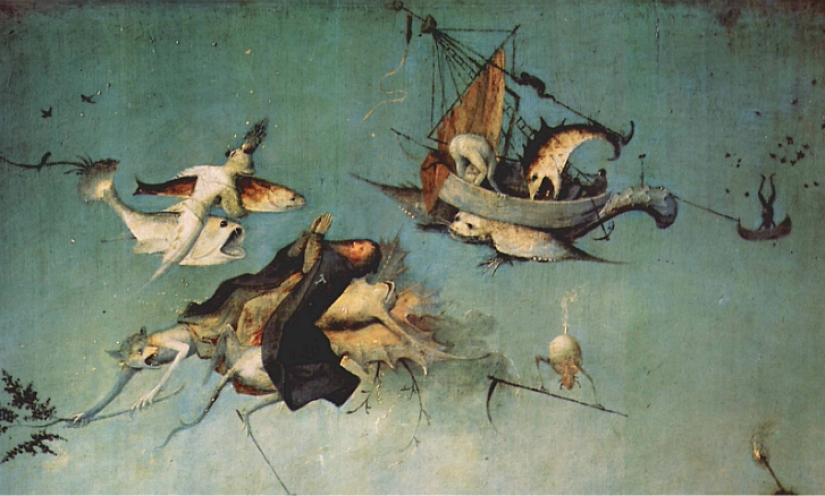
The most difficult test, however, was the way home. Due to bad weather and the navigator's ignorance, they walked across the Atlantic for almost 5 months, provisions and water ran out, half of the crew died of starvation and its consequences. For drinking, rainwater was collected into a funnel from a sail with a core in the center. The food was worse. First they ate parrots and monkeys, then rats, candles, leather collars and shoes.
The French wouldn't be French if they didn't try different recipes even for a sole. Mice were boiled in seawater, rat paws were fried on coals. The skin was also different. "Having tried various items, I will say that if I were under siege and had leather collars and suede clothes in which there is juice and moisture, I would never give up from hunger."
When the delicious collars ran out, I had to eat Indian shields made of dried tapir skin, which could only be cut with a halberd. "Some people cut them into pieces and cooked them, but this recipe turned out to be unsuccessful. Others put them on the coals. And when they were fried, they scraped off the top layer with a knife. It tasted like fried bacon."
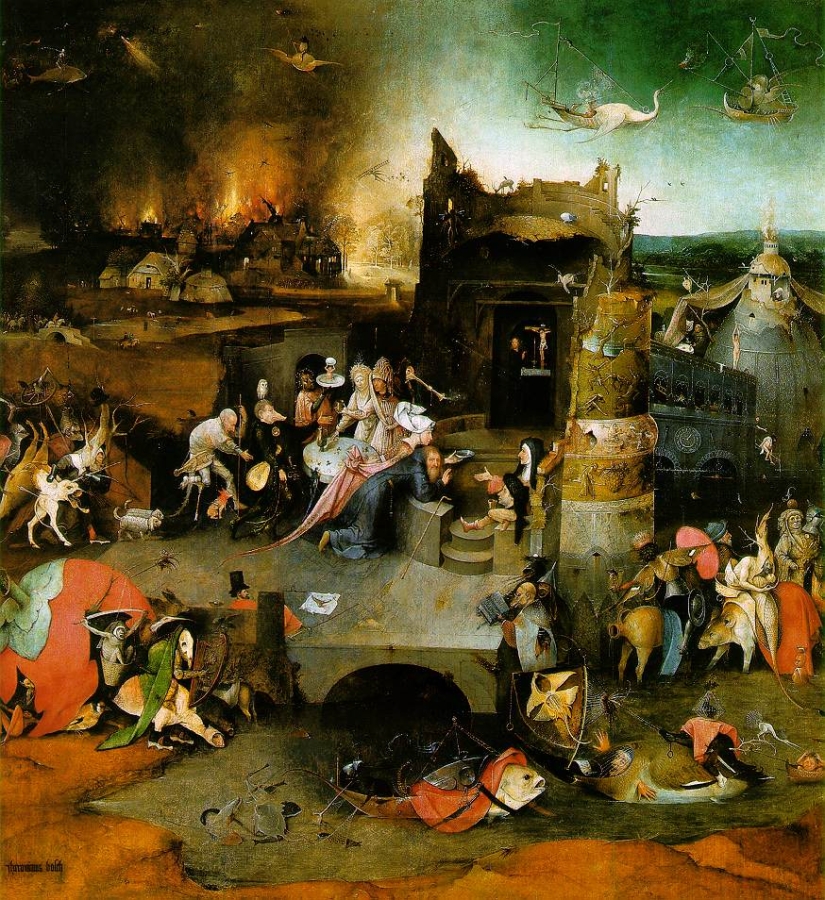
From hunger, people began to have outbursts of rage, and thoughts of cannibalism came — everyone remembered Brazil well. "We stole glances at each other, cherishing sinful thoughts about this barbaric business." Fortunately, the French coast appeared in time. Seeing the land, "the master said out loud that if the road lasted a day longer, he decided not to cast lots, as they usually do, but simply kill one of us for food for the rest."
Miraculously surviving, Leri received invaluable experience in return. This came in handy when in 1573 he became one of the prominent figures of the city of Sancerre during the Catholic siege. Despite 500 residents who died of starvation, Leri considered this six-month blockade less of a test than the road from Brazil. The besieged had water, wine and spices, the opportunity to collect grass and roots.
The cook had a place to turn around here. First they ate horses and donkeys. "Everyone found donkey meat tastier not boiled, but fried or in the form of pate. Donkey liver fried with cloves is no worse than veal." (Leri, "A memorable history of the Siege of Sancerre", 1574). Then it was the turn of the dogs and cats.
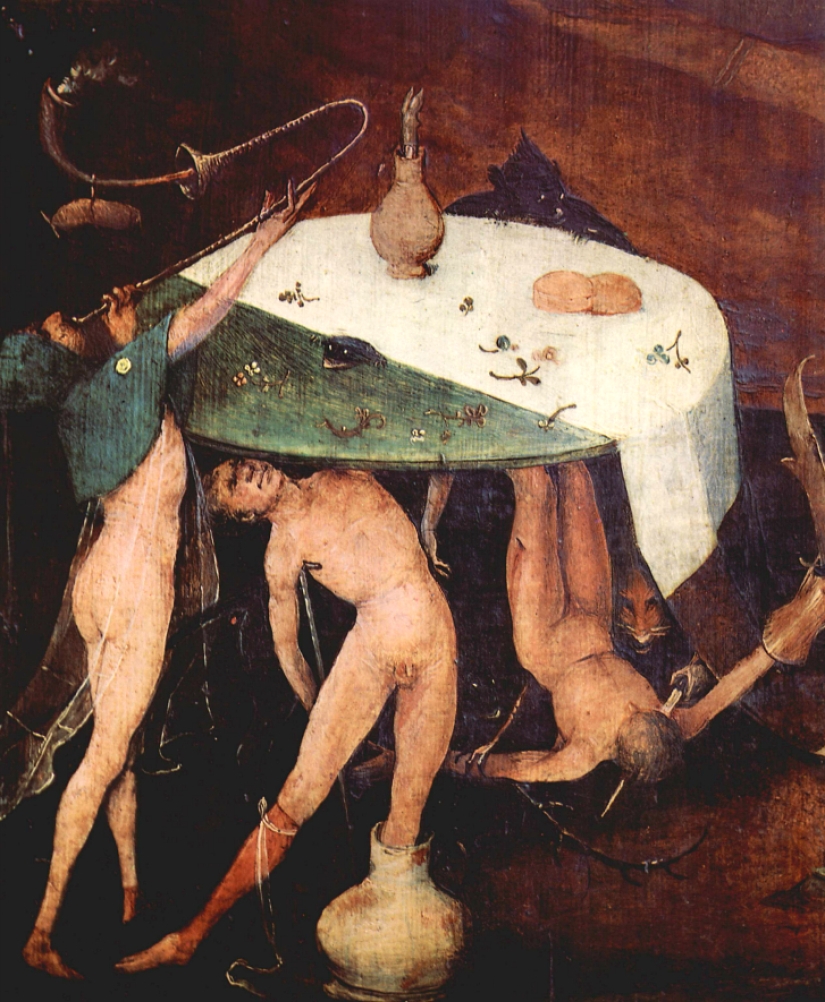
After "the hunt for rats and mice began, hunger forced to show boundless ingenuity in the device of mousetraps. Poor children often roasted rats on coals whole, with skin and giblets. No one thought fried rats were particularly tasty, but you can eat. Although they are better stewed." When the meat ran out, leather and skin trimmings were used, "from which they cooked stew, pate in a pot or vinaigrette."
Leri was even able to try something new - in Sancerre, unlike the ship, there were books. "They ate not only pure parchment, but also letters, documents, printed and handwritten books, seeing no difficulty in the fact that books could be 100-120 years old. They were first soaked for an hour or two, often changing the water, then scraped with a knife. Then they cooked for half an hour or an hour, making them soft. Then they tore and pulled with their fingers, getting a sticky mass. It was used to make fricassee, as from giblets, or cooked with herbs and spices in the manner of soup-stew (hochepot). I saw them eating the pieces lying on the plate, on which it was still possible to make out the letters." The line between edible and inedible things has almost disappeared.
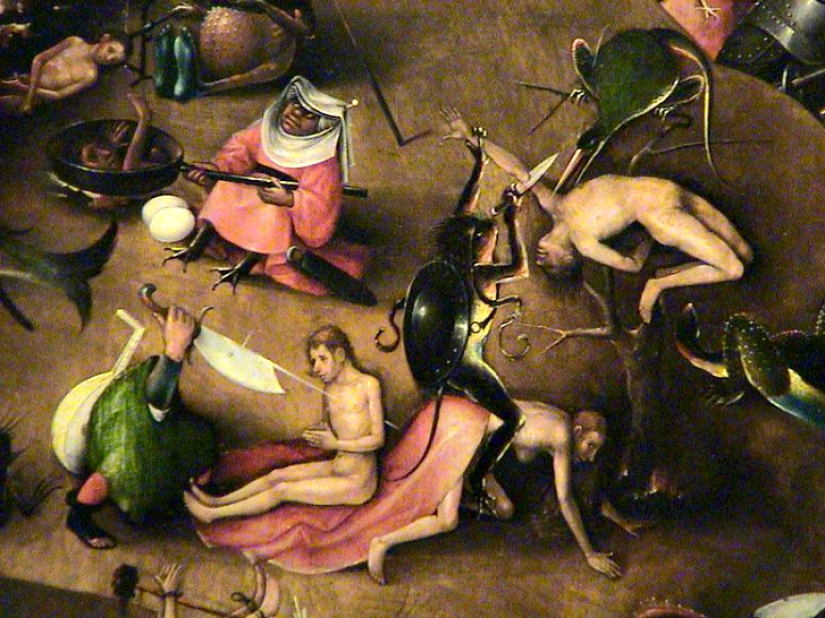
But attempts at cannibalism were mercilessly pressed, otherwise everyone is finished. When such a case was discovered in the family of one of the townspeople (I'd rather omit the details), the whole family of three people was executed. "If someone finds the punishment too harsh, evaluate how dangerous it was in our situation to do otherwise. They can say that a person was dead anyway, and this is permissible in such extreme need. I will answer that if we left it unpunished, we should have been afraid (which there were many signs of) that soldiers and townspeople would start eating the corpses of the dead or killed. And then they will kill others to eat. Those who have not been to such an extreme cannot understand what we have seen."
Taking into account the author's biography, you better understand his attitude towards the Indians. Leri was a man without prejudice, could adapt to everything. But I knew that there was a limit that could not be crossed.
Keywords: Hunger | Food | Cannibalism | Tribes
Post News ArticleRecent articles

Markus Reugels is an incredibly talented German photographer who specializes in high-speed and macro photography. His photographs ...

Learn unusual and interesting facts about our planet and the creatures that inhabit it! -- >Ants, when dying, emit special ...
Related articles

So, you are on vacation abroad, wandering around the local market. Suddenly you are enveloped by an unusually alluring fragrance. ...

Do you like to cook, buy food for the future, but the short life of vegetables and fruits does not give you peace of mind? There is ...

We are not at all surprised when we see a blooming apple tree or an ovary of cucumbers. But there are other fruits, vegetables, ...

The Japanese craftswoman has honed her skills in working with wool so much that now her crafts - felted animal figurines - look as ...